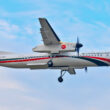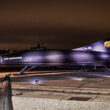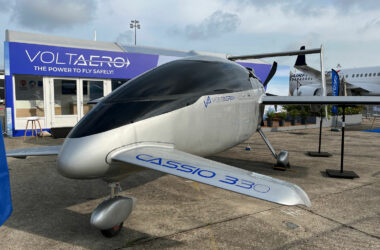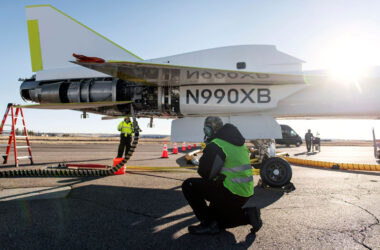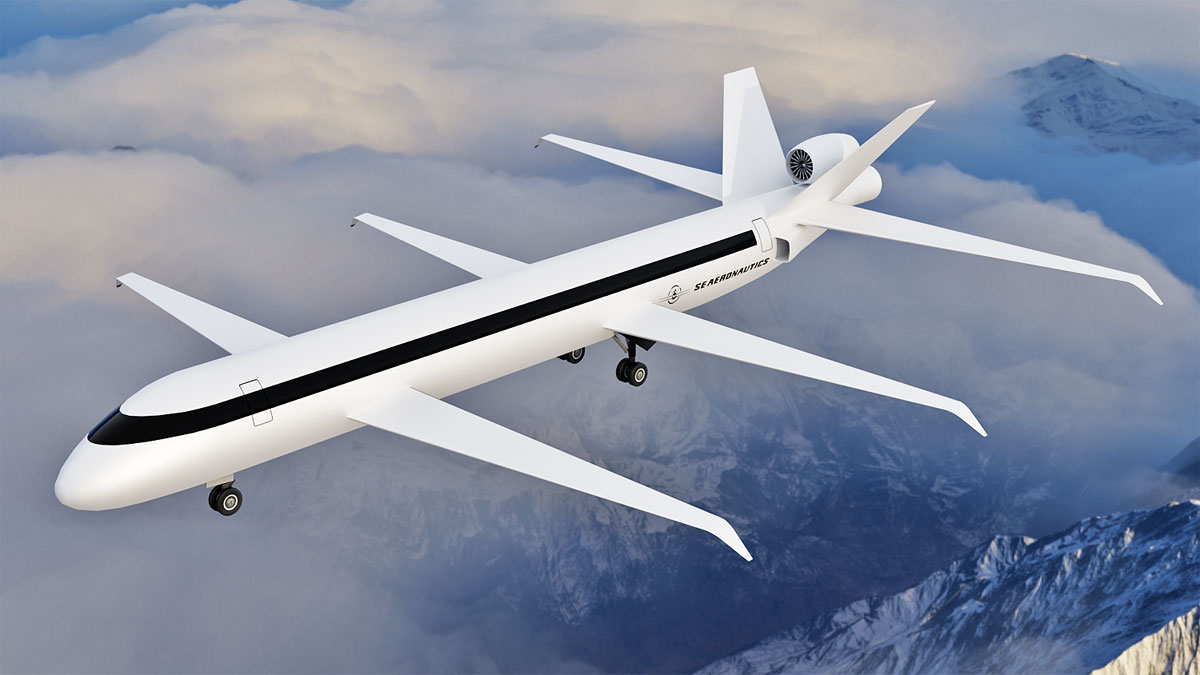Airbus performed the first demonstration of the “Fello’fly” concept in regulated transatlantic airspace. It was a formation flight of two A350 jets that departed Toulouse, France, bound for Montreal, Canada.
The two planes flew the route 3 km apart, with the A350-900 MSN1 as the leader and the A350-1000 MSN59 as the follower. The aim was to take advantage of the lesser drag provided by the aircraft that flies ahead and thus reduce fuel consumption by around 5%.
The experience provided a 6-ton reduction in CO² emissions, according to Airbus.
The “Fello’Fly” concept is part of the Airbus UpNext program and is based on biomimetics, a process that investigates technologies inspired by nature. Formation flight originated in large migratory birds such as the goose, which fly together in the well-known V formation and which provides less effort for the animals.
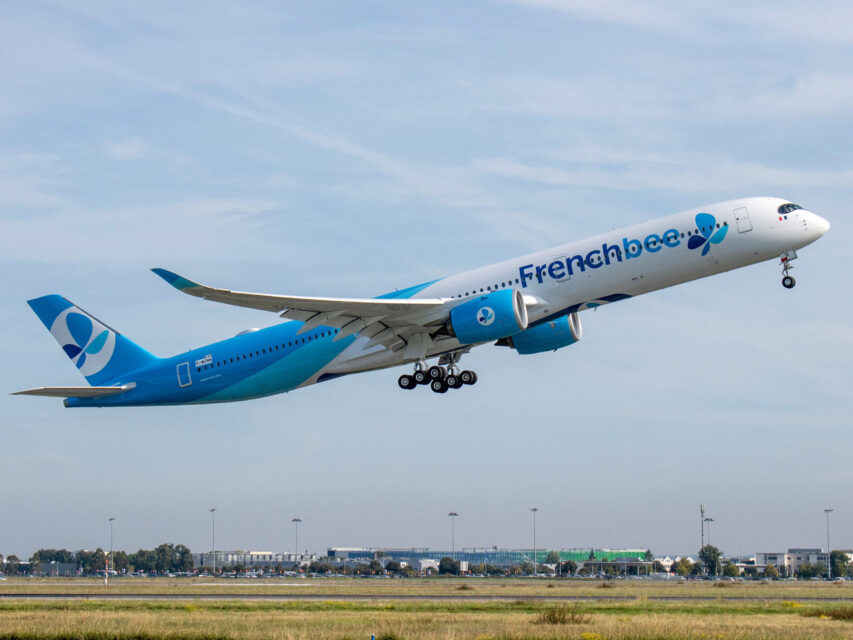
To enable the two A350s to fly in formation, Airbus developed flight control systems that kept the planes connected. This made it possible to reduce the thrust of the engines on the second aircraft.
“This demonstration flight is a concrete example of our commitment to making our decarbonisation roadmap to reality. It also speaks to how collaboration across the industry will be key to making this happen,” said Sabine Klauke, Airbus Technical Director.
The European manufacturer had a partnership with air traffic and navigation entities such as DSNA, NATS, NAV CANADA, Eurocontrol and IAA, in addition to taking on board pilots from SAS and Frenchbee airlines as observers.
According to Airbus, the next step is to seek the support of civil aviation authorities so that the new operating concept can be certified and used in air travel.


